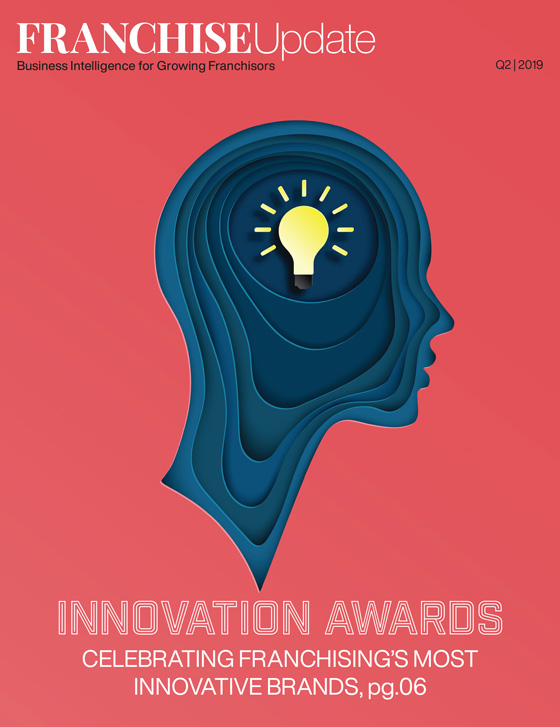Customer Obsessed: Who Owns Your Customer Experience?

Nearly every business states how important customer service is to them. However, the vast majority don’t truly mean it, are not willing to do what it takes, and will never be a world-class customer service organization.
I can tell which companies are the pretenders and which are legit just by asking one simple question: “Who is in charge of your company’s customer experience?” A contact center supervisor or director of your customer service team does not qualify. Those companies are not only not in the game, they can’t even get into the stadium.
The roles of Chief Experience Officer (CXO) or Chief Customer Officer (COO) have been two of the fastest-growing executive positions for the past decade, but too often these are empty titles. The majority of companies do not have anyone who owns their customer experience, who loses sleep over how the company is treating its customers. Companies have heads of operations, marketing, accounting, sales, and human resources, but rarely do they have someone in charge of their second biggest asset (after employees). That asset is the customer.
Companies need truly senior-level executive sponsorship and a commitment to the long-term strategy of dominating their industry by providing superior customer service. I am talking about a leader who oversees the entire company’s customer service — every department. That person should not be the president, CEO, or owner, but someone who reports directly to them.
Becoming customer-obsessed
The emphasis on customer service is not a purely altruistic exercise. Leaders love to talk about revenue streams by showing graphs and charts with a breakdown of sales by categories. Of course, it is important to know the percentage of sales generated by products or services, and to monitor trends, especially the growth or decline of your revenue. However, there is one critical component that every business has in common: 100 percent of your sales come from one place — your customers!
Similarly, executive leaders frequently focus on analyzing their company’s P&L to determine where they are overspending and being wasteful, and to figure out how to reduce expenses to drive more profit to the bottom line. However, once again, the company’s biggest expense does not show on your P&L, at least not directly. There is no line item for poor customer service, but nothing may have a greater impact on your bottom line than dissatisfied customers.
Poor customer service dramatically causes loss of sales, decline of company reputation, lack of new customers and referrals, an increase in returns and refunds, increased discounting, more service recovery, higher advertising expenses, lower morale, higher turnover, increased hiring, and more training — all of which further perpetuates a poor customer experience. It is imperative for every person in your company to understand that your biggest expense is dissatisfied customers.
It is clear that developing a customer-obsessed organization extends well beyond your customer service team. It must be the responsibility of every single department: HR, training, marketing, support, sales, IT, finance, operations, and, most important, leadership. Employee compensation must be as focused on customer retention as it is on customer acquisition.
Companies spend millions creating and advertising their brands, yet each customer’s experience is what truly drives customer perception, retention, and referrals. If you take really good care of your existing clients, they will generate more new customers than any advertising campaign ever could. Think about what might happen if you reversed your budgets for advertising and customer service.
In any case, it is no longer acceptable to allow customer experience and marketing to act as separate silos. Both departments must work together. Otherwise the customer loses, which ultimately means that the company loses.
So how do you merge marketing into the customer experience hierarchy? Start with these four actions:
- figure out who owns voice of the customer
- initiate customer satisfaction surveys
- sponsor soft skill experiential training
- designate a senior-level executive to hold all departments and locations accountable for KPIs.
John R. DiJulius III, author of The Customer Service Revolution, is president of The DiJulius Group, a customer service consulting firm that works with companies including Starbucks, Chick-fil-A, Ritz-Carlton, Nestle, PwC, Lexus, and many more. Contact him at 216-839-1430 or [email protected].
Share this Feature
Recommended Reading:
FRANCHISE TOPICS
- Multi-Unit Franchising
- Get Started in Franchising
- Franchise Growth
- Franchise Operations
- Open New Units
- Franchise Leadership
- Franchise Marketing
- Technology
- Franchise Law
- Franchise Awards
- Franchise Rankings
- Franchise Trends
- Franchise Development
- Featured Franchise Stories
FEATURED IN

Franchise Update Magazine: Issue 2, 2019








 The franchise listed above are not related to or endorsed by Franchise Update or Franchise Update Media Group. We are not engaged in, supporting, or endorsing any specific franchise, business opportunity, company or individual. No statement in this site is to be construed as a recommendation. We encourage prospective franchise buyers to perform extensive due diligence when considering a franchise opportunity.
The franchise listed above are not related to or endorsed by Franchise Update or Franchise Update Media Group. We are not engaged in, supporting, or endorsing any specific franchise, business opportunity, company or individual. No statement in this site is to be construed as a recommendation. We encourage prospective franchise buyers to perform extensive due diligence when considering a franchise opportunity.